Meet Scout – our CTrain line inspector
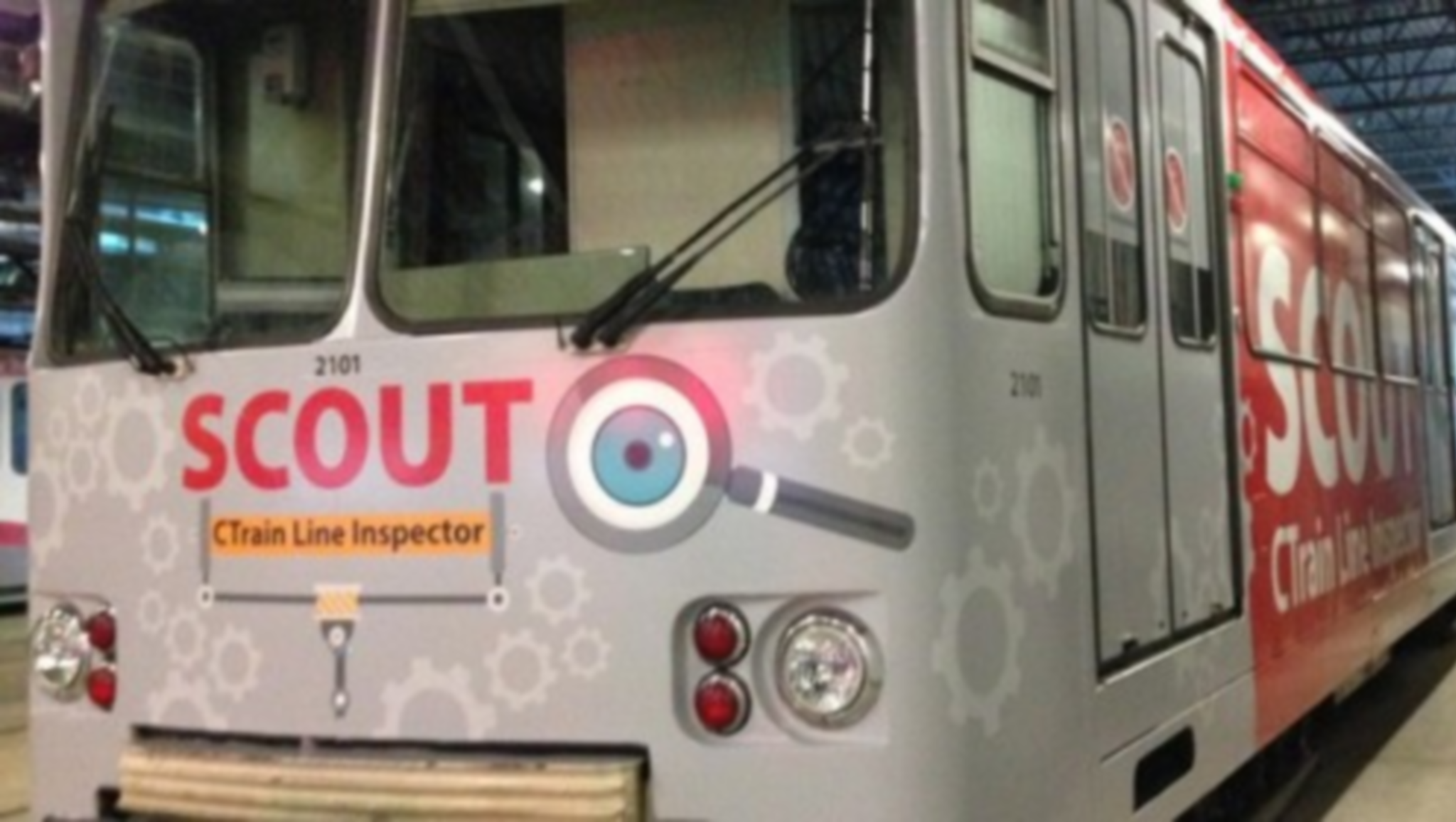
We’re excited to introduce Scout – Calgary Transit’s new CTrain line inspector. Scout is a retired CTrain car that has been redesigned as a high-tech inspection vehicle that travels along the transit system and records data about the rails, tracks and overhead cables. Scout will help us improve LRT reliability and safety, which is part of our customer commitment.
Using invisible laser beams, special cameras, GPS coordinates and more, Scout can detect what improvements or repairs are needed, and the precise location. For example, lasers and cameras under the vehicle can detect the shape of rails, how much wear they have, if the track is level or tilted and much more. This will eliminate some of the visual and mechanical inspections performed by staff, help us optimize preventative maintenance and keep our infrastructure in good, safe working condition.
What does Scout do?
Scout inspects everything a CTrain touches when it travels on our system: tracks, rails, overhead rails (found in some tunnels) and overhead contact wires.
Measuring track geometry
Scout tells us how level, tilted, straight or curved the track is. We are given precise location information so we can adjust the track geometry where it’s needed. Track geometry affects the speed limit of the CTrains – in areas where the track is smooth and straight the speed limit can be higher.
Inspecting rail wear
Scout tell us the profile of the rail, which includes the shape, how much wear a rail has compared to a brand new rail, and at what locations the amount of wear is too much.
Using cameras to collect data
There are currently nine cameras on Scout. Invisible fan-shaped laser beams shine on the rails and special high speed cameras detect the wavelengths emitted by the lasers and pick up an image. Then powerful computers onboard convert this to a drawing of the rail. They compare it to a perfect piece of rail to determine how much wear is on the surface.
Inspecting overhead cable wear
When the invisible laser beams shine on the overhead cables, four overhead line cameras read the light reflections and can detect wear on the cables. They also detect the position of the wire, which allows us to adjust it as needed to prevent excess wear.
Will people still need to do manual inspections of rails, cables, etc.?
Yes. While we are still getting used to Scout as a new tool, we’ll be double checking what Scout finds with manual inspections. And of course, there always has to be a backup in case Scout is out of service or needs to be recalibrated. Some components of our infrastructure such as switches, sliding rails and rail lubricators require regular maintenance and will continue to be manually maintained and inspected.
What advantages does Scout have over manual inspections?
Some manual inspections can only be done at night when CTrains are not in service, but Scout can travel along the tracks between passenger trains any time of the day and collect valuable information. Also, Scout is able to find defects that can’t be found in manual inspections simply because Scout measures while moving along the system, so the weight and movement of the vehicle provide more accurate measurements of rail wear and track geometry.
Is Scout autonomous or is there a driver?
Scout is driven by an experienced CTrain training officer.
How often will Scout be working?
Scout will be scheduled for seasonal runs along the whole system. In addition, Scout will be brought out to do spot checks and provide feedback after track or overhead work has been completed.
Are there other vehicles like Scout around the world?
Yes! Other transit systems have similar infrastructure evaluation vehicles, such as Britain’s New Measurement Train, Japan’s Doctor Yellow, Melbourne, Australia’s Infrastructure Evaluation Vehicle and France’s Iris 320.
Photos
Four cameras inside this box measure our overhead contact wires. The cameras must be kept at a constant temperature to provide accurate images.
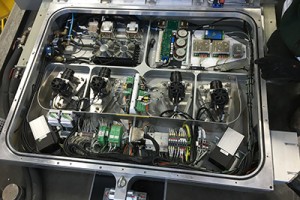
This triangulation camera on top of Scout is used to measure power rails inside tunnels.
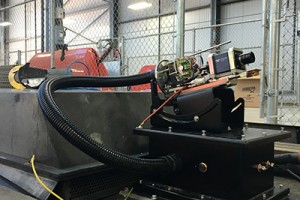
On-board analysis software and cooling system.
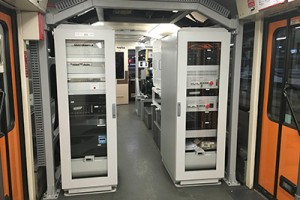
We will continue to use manual inspections to identify and confirm any defects that Scout finds.
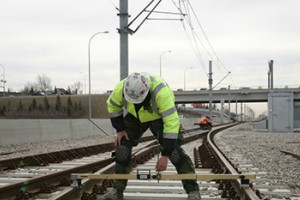
Categories:
